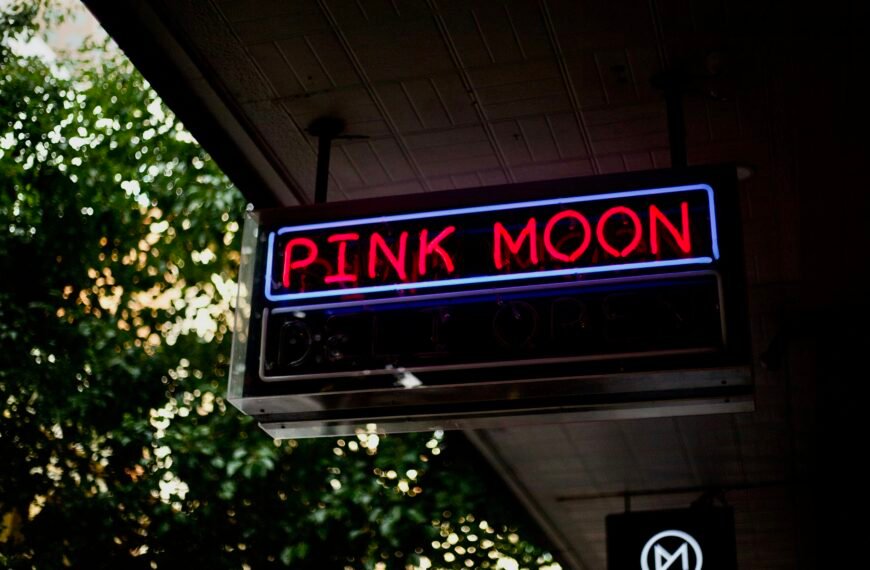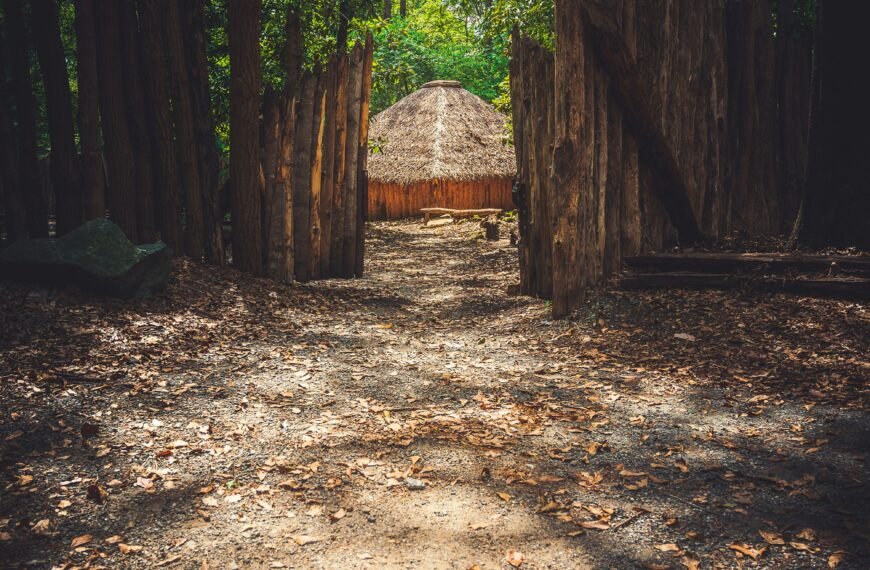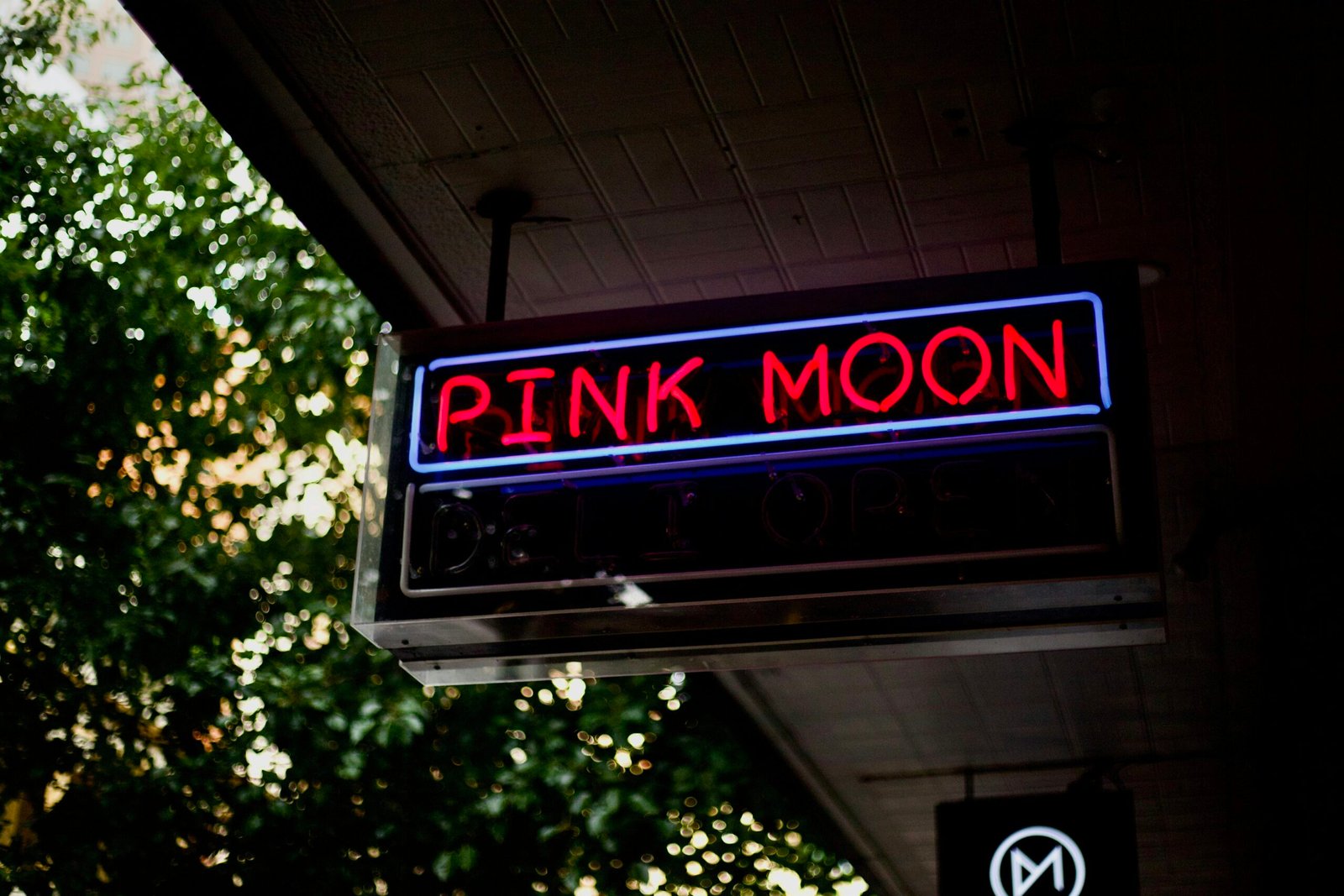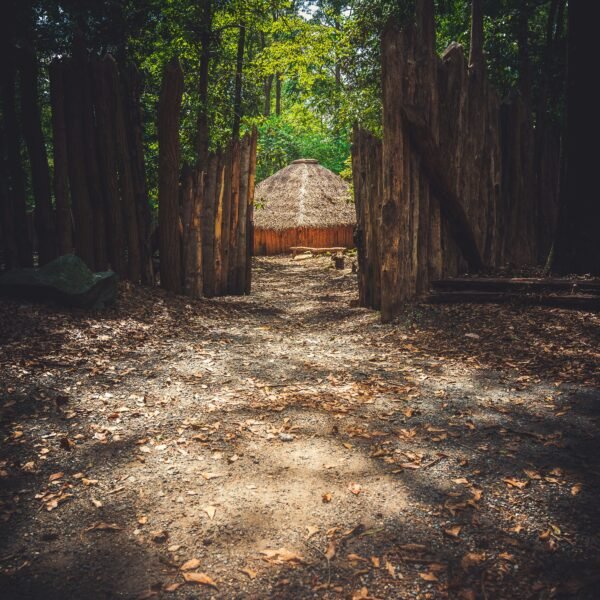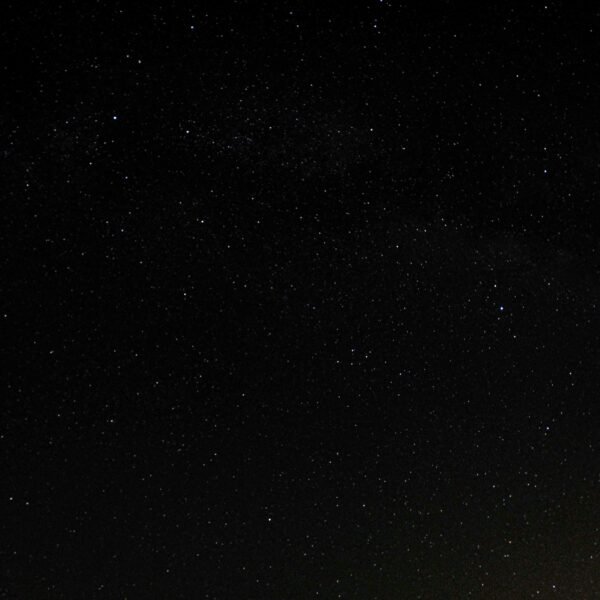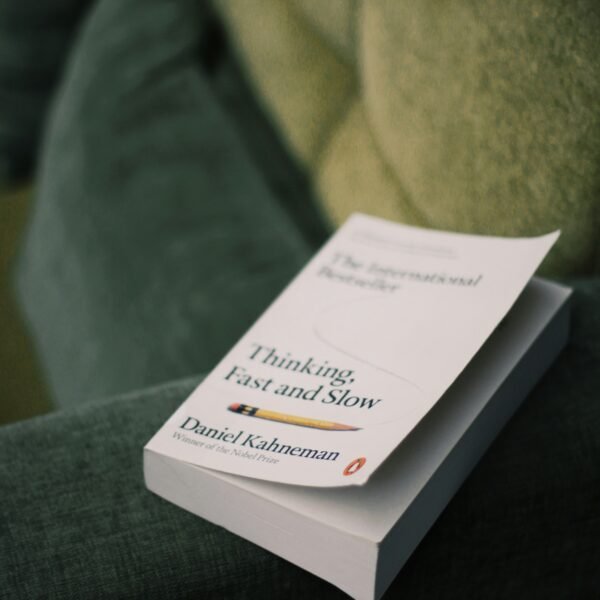Imagine standing on the roof of the Metropolitan Museum of Art, the bustling city of Manhattan spread out before you. As you look out, your eyes are drawn to a mesmerizing display of dark bronze-and-steel calligraphic lines, forming intricate images of birds, flowers, and even a giant spider. This is the latest installation on the Met Roof, created by artist Petrit Halilaj. But there’s more to this artwork than meets the eye. Each image and word was sourced from the surfaces of classroom desks in war-torn Balkan territories, giving the sculpture a deeper, haunting meaning. In this captivating skywriting spectacle, Halilaj invites us to contemplate themes of memory, perseverance, and freedom.
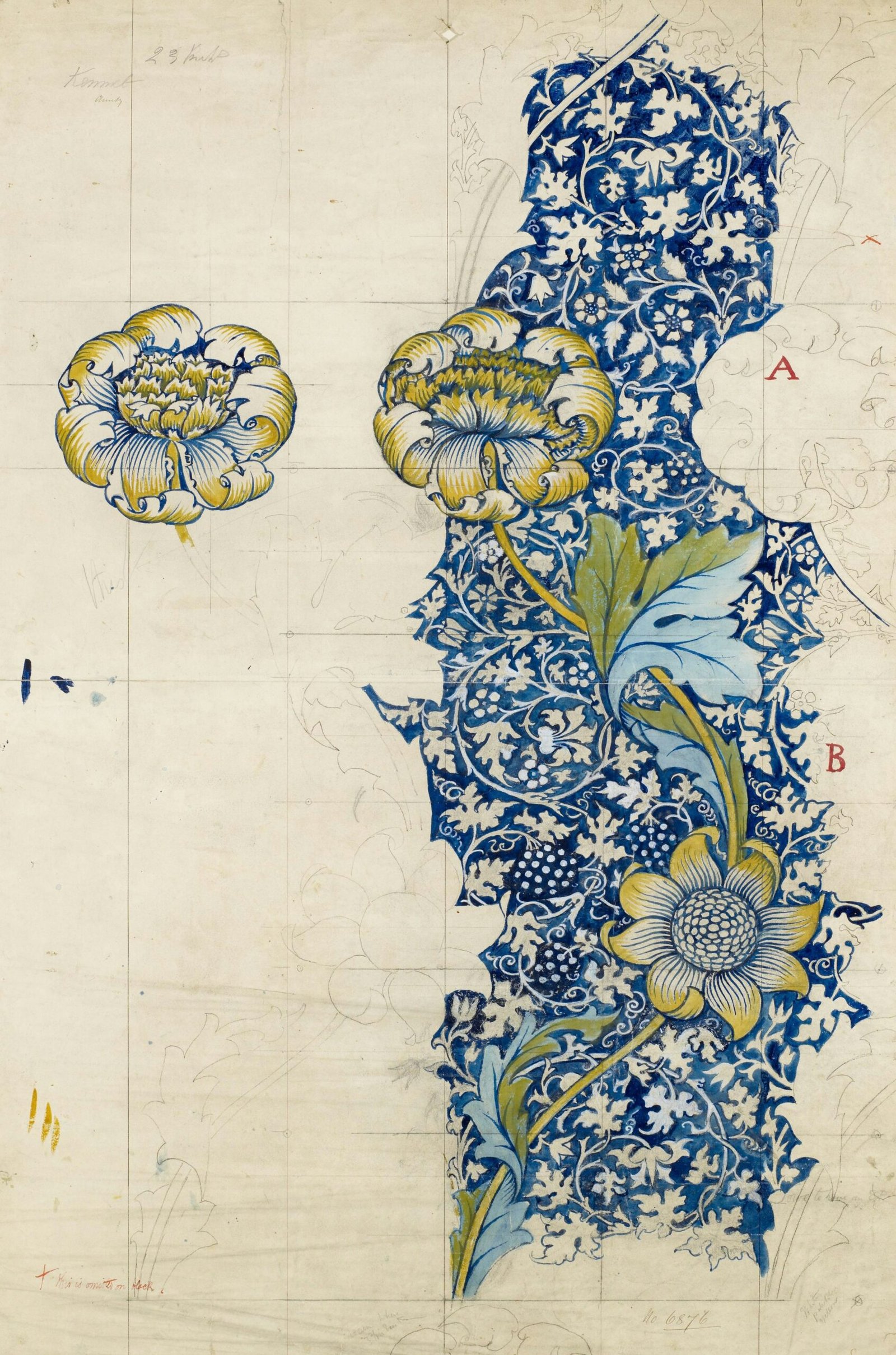
Introduction
Welcome to the comprehensive article about the Met Roof Garden Sculptural Commissions, specifically focusing on the latest installment by Petrit Halilaj titled “Abetare.” In this article, we’ll delve into the background of Petrit Halilaj, his experiences as a refugee child in the Balkans, and how he invented a calligraphic world of memory through his art. We’ll also explore the purpose of the Met Roof Garden Sculptural Commissions and the installation of seasonal sculptures. Then we’ll take a closer look at “Petrit Halilaj, Abetare,” describing the sculpture and the mediums used. We’ll discuss the various silhouetted images depicted, including birds, flowers, stars, a giant spider, and a fairy tale house. Moving on, we’ll analyze the interpretations of the sculpture, exploring the meanings behind the images and discussing the significance of certain elements like the tilted house and spiky phalluses. We’ll also dive into the source of the images and words used by Halilaj, their origin from the Balkan territories during a regional war, and the prosaic source’s significance. Following that, we’ll appreciate Halilaj’s work, examining the impact of his personal experiences on his art and how he explores memory and identity through calligraphy. We’ll also discuss the reception and critical acclaim of his Met Roof Garden commission. Next, we’ll shift our focus to the visitor experience at the Met Roof Garden, discussing the immersion in the rooftop setting, engagement with the sculpture and surrounding views, and why it attracts both art enthusiasts and tourists. Finally, we’ll look towards the future of Met Roof Garden Sculptural Commissions, anticipating future installations, discussing the expansion of the program’s reach and impact, and outlining plans for promotion and public engagement. So let’s dive in and explore the world of Petrit Halilaj and his captivating sculpture at the Met Roof Garden.
About Petrit Halilaj
Experiences as a refugee child in the Balkans
Petrit Halilaj, a Kosovo-born artist, had a challenging start to life as a refugee child in the Balkans during a violent decade. Born in 1986, Halilaj grew up during a time of intense regional conflict that deeply impacted his childhood and artistic sensibilities. These experiences as a refugee child fleeing war undoubtedly shaped his perspective on the world and influenced his art in profound ways.
Invention of a calligraphic world of memory
Seeking solace and a means of expression, Halilaj turned to art as a form of escape and catharsis. Drawing from his memories of the Balkans, he began to develop a calligraphic world in his artwork. Through intricate lines and symbolic imagery, Halilaj created a visual language that allowed him to process and share his memories, both personal and collective. His art became a bridge between his past and present, enabling him to explore themes of identity, displacement, and the power of memory.
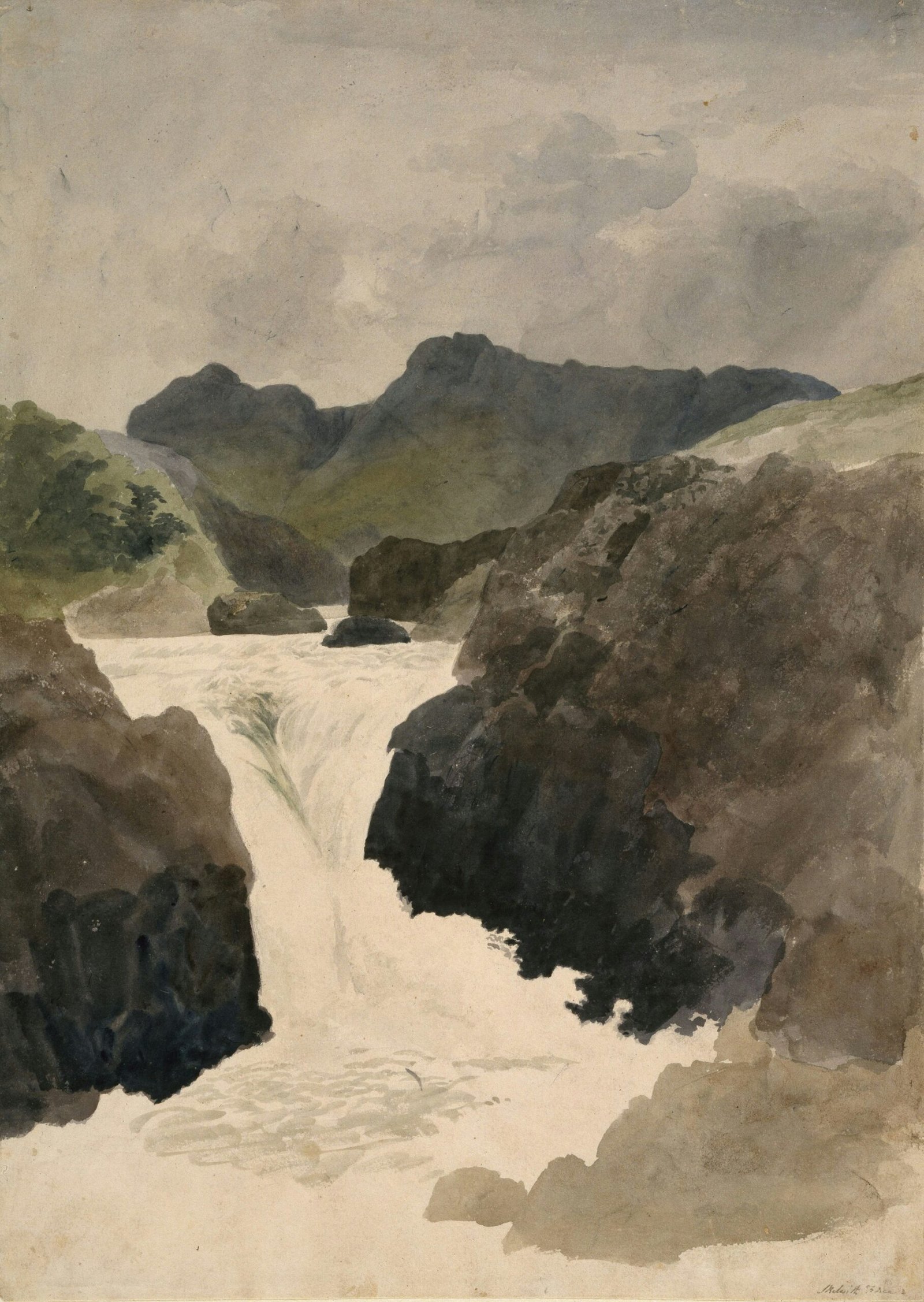
The Met Roof Garden Sculptural Commissions
Installation of seasonal sculptures
The Met Roof Garden Sculptural Commissions have become a renowned tradition at the Metropolitan Museum of Art. Over the past twelve years, the museum has been installing seasonal sculptures on its rooftop, transforming it into a vibrant and dynamic space for art. These installations are refreshed periodically, allowing different artists and their unique visions to take center stage. Each new commission brings a fresh perspective and engages visitors in a dialogue between contemporary art and the museum’s iconic surroundings.
Purpose of the commissions
The purpose of the Met Roof Garden Sculptural Commissions is twofold. Firstly, it offers artists a platform to showcase their creations in a breathtaking outdoor setting, challenging them to consider the relationship between their work and the natural world. The rooftop provides an expansive canvas for artistic experimentation and encourages artists to think beyond the traditional confines of the gallery space. Secondly, the commissions aim to enhance the visitor experience by transforming the rooftop into an immersive environment that stimulates contemplation, dialogue, and a deeper engagement with art. By integrating art into the urban landscape, the Met Roof Garden Sculptural Commissions invite the public to engage with contemporary art in a unique and accessible way.
Overview of ‘Petrit Halilaj, Abetare’
Description of the sculpture
“Petrit Halilaj, Abetare” is a captivating sculpture that invites viewers into a world of intricate and interconnected lines. The sculpture is constructed using dark bronze and steel calligraphic lines, meticulously intertwined to form silhouetted images against the backdrop of Manhattan and Central Park. The composition is a captivating tangle of shapes, drawing the eye to different elements within the artwork.
Mediums used: dark bronze and steel calligraphic lines
Halilaj’s choice of mediums, dark bronze and steel calligraphic lines, adds depth and texture to the sculpture. The dark bronze captures the essence of memories and emotions, evoking a sense of nostalgia and longing. The steel calligraphic lines, on the other hand, bring a sense of fluidity and movement to the artwork. Together, these materials create a visually striking and emotionally evocative sculpture.
Silhouetted images depicted: birds, flowers, stars, a giant spider, and a fairy tale house
“Petrit Halilaj, Abetare” features a wide array of silhouetted images intricately woven throughout the sculpture. Birds take flight, symbolizing freedom and resilience. Flowers bloom, representing growth and the beauty of nature. Stars twinkle, alluding to the vastness of the universe and the interconnectedness of all things. A giant spider lurks, hinting at the complex and sometimes menacing aspects of life. Finally, a whimsical fairy tale house stands, reminiscent of childhood and the power of imagination.
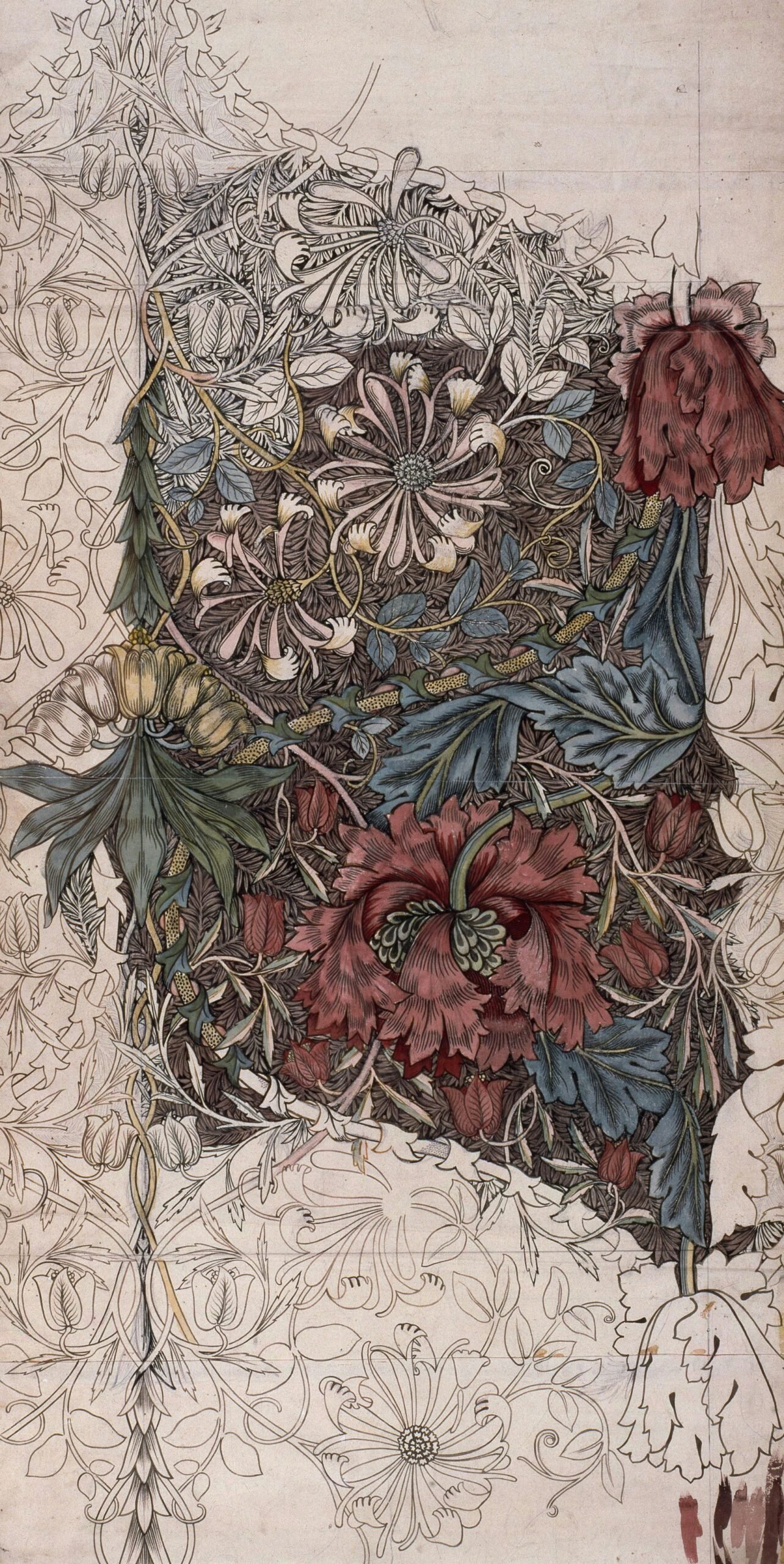
Interpretations of ‘Petrit Halilaj, Abetare’
Meanings behind the depicted images
Each of the silhouetted images in “Petrit Halilaj, Abetare” carries its own symbolic weight. The birds represent a longing for freedom and the resilience of the human spirit in the face of adversity. The flowers symbolize growth, renewal, and the natural world’s ability to endure even in challenging circumstances. The stars evoke a sense of wonder and highlight the interconnectedness of all living beings. The giant spider, with its imposing presence, reminds viewers of the complex and sometimes enigmatic aspects of life. Lastly, the fairy tale house acts as a whimsical beacon of hope and imagination, calling attention to the power of storytelling and creativity.
Analysis of the tilted house and spiky phalluses
Among the various images depicted, the tilted house and spiky phalluses stand out as intriguing elements. The tilted house may represent upheaval and instability, reflecting the artist’s experiences as a refugee and the fragility of home. It invites viewers to contemplate the concept of “home” and the challenges many individuals face in finding a sense of belonging. The spiky phalluses, although jarring in appearance, can be interpreted as a critique of societal norms and the way dominant power structures can be restrictive and oppressive. These elements contribute to Halilaj’s larger narrative, encouraging dialogue around the themes of identity, displacement, and societal constraints.
Connections to down-to-earth concepts
While “Petrit Halilaj, Abetare” evokes a dreamlike atmosphere, it is firmly rooted in real-world experiences and concepts. By using images and words from a prosaic source scratched and doodled on classroom desktops by Balkan children during a time of regional war, Halilaj draws attention to the harsh realities of conflict and displacement. This combination of fantastical imagery and prosaic origins highlights the artist’s ability to reconcile the poetic and imaginative with the grim realities of his past.
The Source of the Images and Words
Scratched and doodled on classroom desktops
The images and words utilized by Halilaj in his sculpture were not created by the artist himself but were instead discovered on classroom desktops. They were the result of generations of elementary school kids in the Balkan territories of Europe doodling and scratching their surroundings during a time of brutalizing regional war. This unassuming source carries immense weight, serving as a collective memory and a testament to the power of individual expression even in the most challenging of circumstances.
Originating from Balkan territories during regional war
The origin of these scratched and doodled images and words can be traced back to the Balkan territories during a time of intense regional conflict. The Balkans were embroiled in a violent war that had a profound impact on the lives of countless individuals, including Halilaj. The source’s connection to this specific time and place adds layers of meaning to the sculpture, inviting viewers to reflect on the collective trauma experienced by the people of the Balkans and the resilience of the human spirit.
Significance of the prosaic source
The use of a prosaic source like scratched and doodled classroom desktops adds a sense of authenticity and raw emotion to Halilaj’s artwork. By incorporating these simple, everyday expressions of children into his sculpture, he not only pays homage to his own experiences but also amplifies the voices of those who lived through the war. The prosaic source serves as a reminder of the power of art to transcend boundaries and convey universal truths about the human experience.
Appreciation of Halilaj’s Work
Impact of Halilaj’s personal experiences on his art
Halilaj’s personal experiences as a refugee child have had a profound impact on his artwork, particularly his calligraphic world of memory. By drawing from his own memories and collective experiences, he creates art that speaks to the universal themes of displacement, identity, and the power of memory. His ability to transform personal trauma and hardship into poignant, evocative art resonates with viewers and invites them to reflect on their own lives and the connections they have with others.
Exploration of memory and identity through calligraphy
Halilaj’s art is marked by a deep exploration of memory and identity. Through his calligraphy-inspired works, he delves into the complex relationship between personal and collective memory, questioning how they shape our understanding of ourselves and the world around us. By intertwining symbols and images within his sculptures, he invites viewers on a journey of introspection, challenging them to consider their own memories and how they contribute to their sense of self.
Reception and critical acclaim of his Met Roof Garden commission
Halilaj’s Met Roof Garden commission, “Petrit Halilaj, Abetare,” has garnered widespread critical acclaim for its unique beauty and poignant storytelling. Critics have praised the sculpture for its innovative use of materials, intricate design, and ability to transport viewers to a world of imagination and memory. The Met Roof Garden has become a must-visit destination for art enthusiasts and tourists alike, drawn by the allure of Halilaj’s captivating sculpture amidst the stunning backdrop of Manhattan and Central Park.
Visitor Experience at the Met Roof Garden
Immersion in the rooftop setting
Visiting the Met Roof Garden provides a unique and immersive experience for art lovers and museum-goers. As visitors ascend to the rooftop, they leave behind the bustling city and enter an oasis of creativity and contemplation. The open-air setting allows for an intimate interaction with the artwork, as viewers can walk around, observe from different angles, and let their imaginations run free.
Engagement with the sculpture and surrounding views
“Petrit Halilaj, Abetare” encourages active engagement from its viewers. The intricate details and silhouetted images draw the eye in, prompting closer inspection and contemplation. As viewers study the sculpture, they may find themselves forming personal connections to the symbols and imagery, reflecting on their own experiences and memories. The surrounding views of Manhattan and Central Park provide a breathtaking backdrop, merging the art with the natural beauty of the city.
Attraction for art enthusiasts and tourists alike
The Met Roof Garden has become a popular destination for art enthusiasts and tourists seeking a unique and memorable experience. The opportunity to view contemporary art in an outdoor setting, surrounded by the iconic New York City skyline, is a major draw for visitors. The Met Roof Garden Sculptural Commissions, including Petrit Halilaj’s “Abetare,” provide an accessible entry point to contemporary art, bridging the gap between traditional and modern artistic expressions.
The Future of Met Roof Garden Sculptural Commissions
Anticipation for future installations
As visitors and art enthusiasts continue to flock to the Met Roof Garden to experience the latest sculptural commission, there is a palpable sense of anticipation for future installations. The Met’s commitment to showcasing the work of contemporary artists on its rooftop ensures a steady stream of innovative and captivating artwork for years to come. Each new commission promises to challenge and inspire viewers, pushing the boundaries of what art can be and how it can interact with the urban landscape.
Expansion of the program’s reach and impact
The success and popularity of the Met Roof Garden Sculptural Commissions have paved the way for the program to expand its reach and impact. By continuing to attract renowned artists and showcasing their work in a high-profile setting, the Met can amplify artists’ voices and contribute to a broader conversation about art, nature, and public engagement. With careful curation and thoughtful collaboration, the program has the potential to reach even larger audiences and deepen its impact on the art world.
Plans for promotion and public engagement
In order to ensure the ongoing success of the Met Roof Garden Sculptural Commissions, the museum has plans for promotion and public engagement. By leveraging digital platforms, social media, and partnerships with local organizations, the Met aims to reach a wider audience and engage the public in meaningful conversations about contemporary art. Additionally, the museum will continue to offer educational programs, guided tours, and interactive experiences to enhance visitors’ understanding and appreciation of the artwork.
Conclusion
“Petrit Halilaj, Abetare” represents an exciting addition to the Met Roof Garden Sculptural Commissions, inviting viewers into a calligraphic world of memory and imagination. Halilaj’s personal experiences as a refugee child in the Balkans have profoundly influenced his art, resulting in a sculpture that resonates with audiences on multiple levels. Through his use of a prosaic source and intricate imagery, Halilaj draws attention to the power of memory, identity, and storytelling. The Met Roof Garden provides an immersive setting for visitors to engage with the sculpture and explore their own connections to the artwork. The ongoing success of the Met Roof Garden Sculptural Commissions demonstrates the value of contemporary art in public spaces, and there is great anticipation for future installations and the program’s continued growth. So, the next time you find yourself at the Met, make sure to visit the Roof Garden and lose yourself in the captivating world of Petrit Halilaj’s “Abetare.”

